The Essential Guide to Deluge Fire Sprinkler Systems
Table of Contents
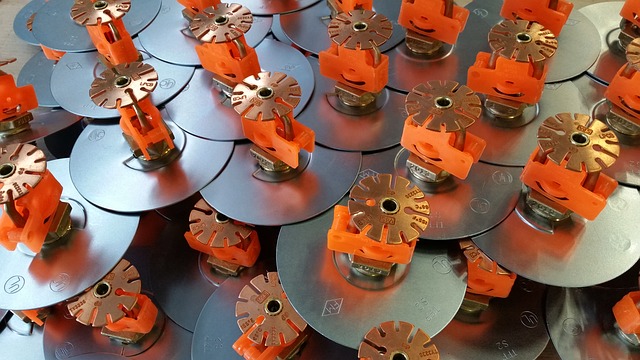
A deluge fire sprinkler system is one of the most effective fire protection solutions for high-risk environments. Unlike standard sprinkler systems, deluge systems activate all sprinklers simultaneously upon fire detection, making them ideal for areas that store or process flammable materials. In this guide, we’ll break down how deluge fire sprinkler systems work, where they’re used, and why they’re essential for fire safety.
How Deluge Fire Sprinkler Systems Work
Deluge systems work by releasing a large volume of water in a short time. The system remains dry until triggered by a fire detection system, at which point the deluge valve opens, allowing water to flow freely through all open sprinklers.
Key components include:
- Deluge Valve: The control valve that regulates water flow.
- Fire Detection System: Sensors that detect heat or smoke.
- Open Sprinklers: These release water immediately once the system is triggered.
- Control Panel: Activates the valve when the fire is detected.
Because all sprinklers discharge simultaneously, deluge systems can quickly flood an area, preventing the fire from spreading.
Key Applications of Deluge Fire Sprinkler Systems
Deluge fire sprinkler systems are used in high-risk industrial environments. They are ideal for:
- Chemical Plants: Where flammable substances can ignite easily.
- Power Stations: To protect against electrical fires.
- Aircraft Hangars: Where aviation fuel poses a significant fire hazard.
These systems are designed for environments where rapid fire suppression is critical for preventing widespread damage.
Benefits of Deluge Fire Sprinkler Systems
There are many reasons why businesses install deluge systems:
- Fast Response: Deluge systems flood the area quickly, stopping fires before they spread.
- Wide Coverage: Open sprinklers provide extensive water distribution, offering comprehensive protection.
- Customizable Systems: You can customize the detection system, whether you need heat, smoke, or flame detection.
- Adaptable Extinguishing Agents: Deluge systems can use water, foam, or other agents, depending on the hazard.
Why Regular Maintenance Matters
Regular maintenance of deluge systems is essential for ensuring they work effectively in emergencies. Testing the system ensures that valves, sprinklers, and detection components are functioning correctly. Businesses should partner with professional fire safety services for periodic inspections.
For businesses that want to remain compliant with safety standards, regular inspections are necessary. Partnering with experts such as SRJ Piping India helps ensure that systems remain in optimal working condition. Visit FM Global Standards for further fire protection guidelines.
Conclusion
The deluge fire sprinkler system is a must-have for high-risk industrial settings where rapid fire suppression is critical. Its ability to activate all sprinklers at once ensures quick, effective fire containment. Regular maintenance and expert installation are vital for ensuring the system works when needed. Consult fire protection specialists like SRJ Piping India to assess your business’s specific fire safety needs and ensure compliance with local regulations.
For more insights on fire protection solutions, visit NFPA and SRJ Piping India’s Fire Protection Services.
Know more about us
- Enhancing Safety and Security: The Ultimate Guide to Fire Sprinkler Systems
This blog offers a comprehensive overview of fire sprinkler systems, providing essential context for understanding the specific workings of deluge systems. - The Importance of Fire Protection Systems in Industrial Settings
This blog emphasizes the critical role of fire protection systems in industrial environments, complementing the discussion on deluge sprinkler systems used in high-risk areas.
- National Fire Protection Association (NFPA) – NFPA 13 Standard for Sprinkler Systems
NFPA 13 provides authoritative standards for the design and installation of sprinkler systems, including deluge systems, ensuring compliance and effectiveness. - Fire Science – Fire Sprinkler Systems Guide
This resource offers a detailed guide to various fire sprinkler systems, providing additional insights into the principles and applications of deluge systems.
Related Blog
Pre-Action Fire Sprinkler Systems Explained
This blog explores pre-action sprinkler systems, complementing the discussion on deluge systems by covering another specialized fire suppression solution.
Need Protection for High-Hazard Environments?
SRJ Piping India offers deluge fire sprinkler systems engineered to combat intense fire risks in industrial and chemical facilities.
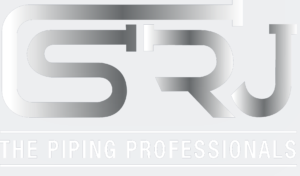
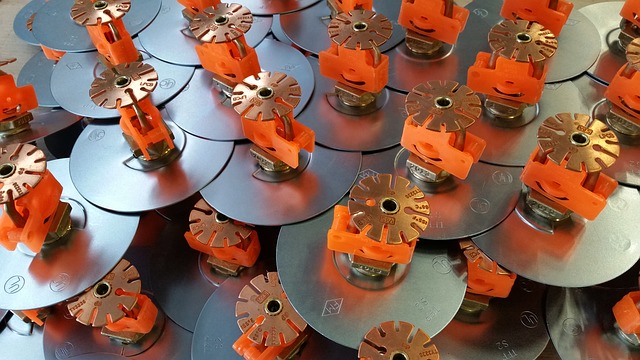
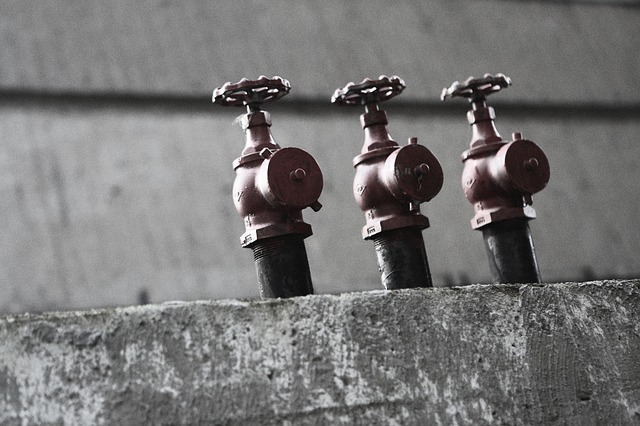
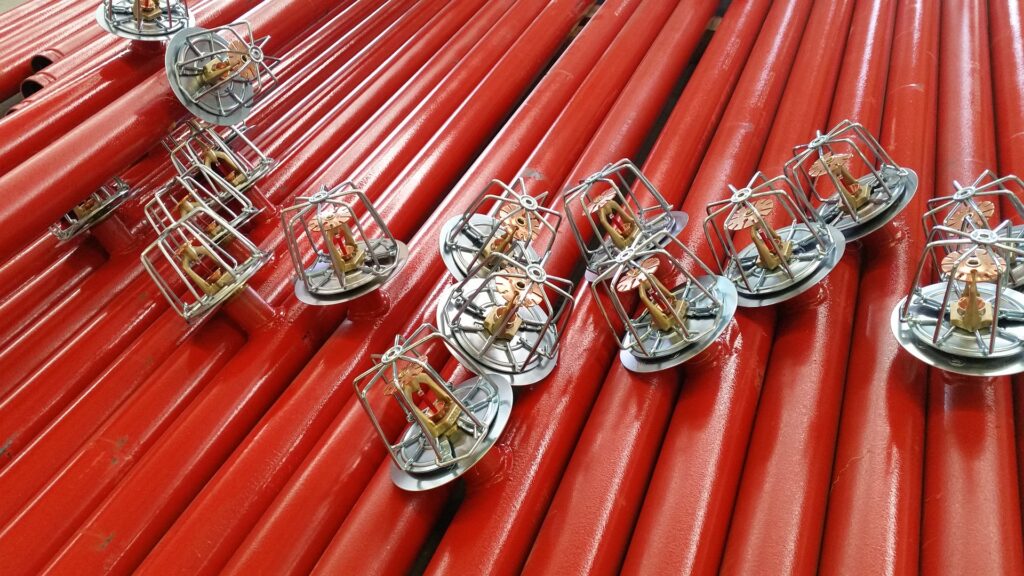
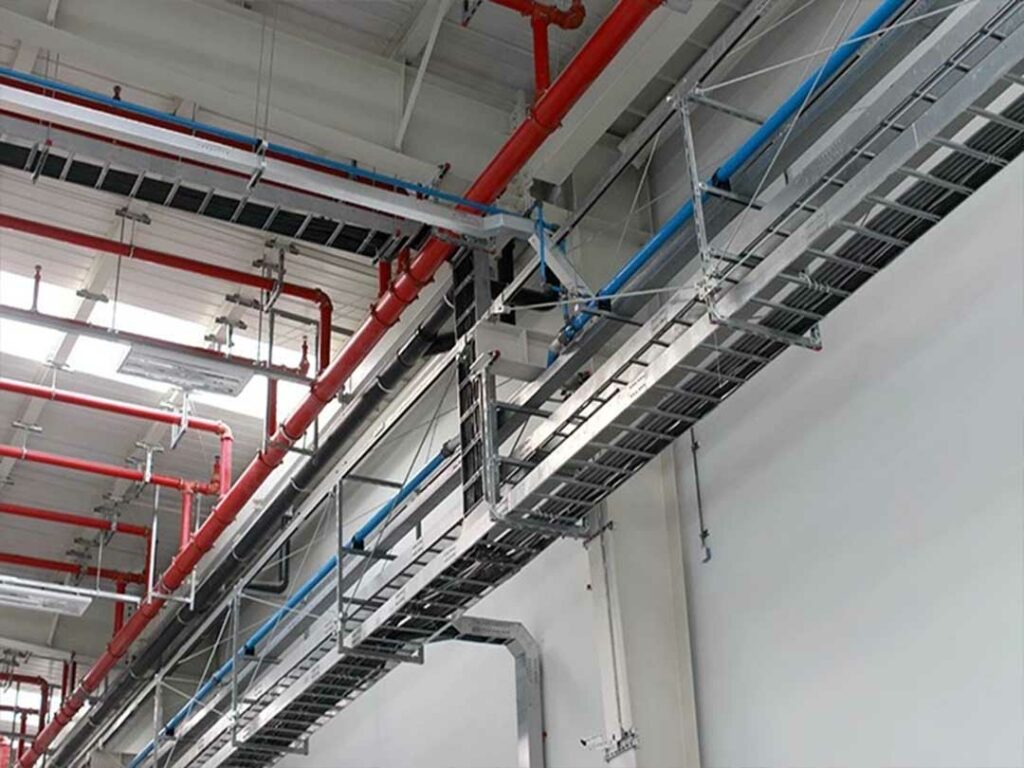
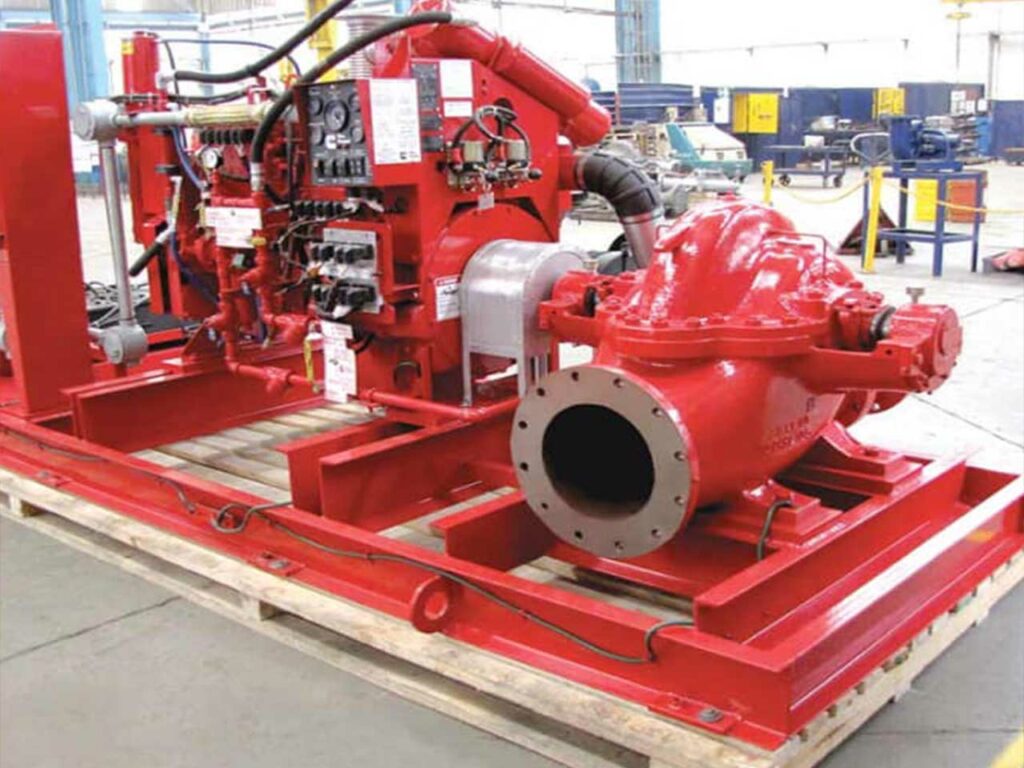
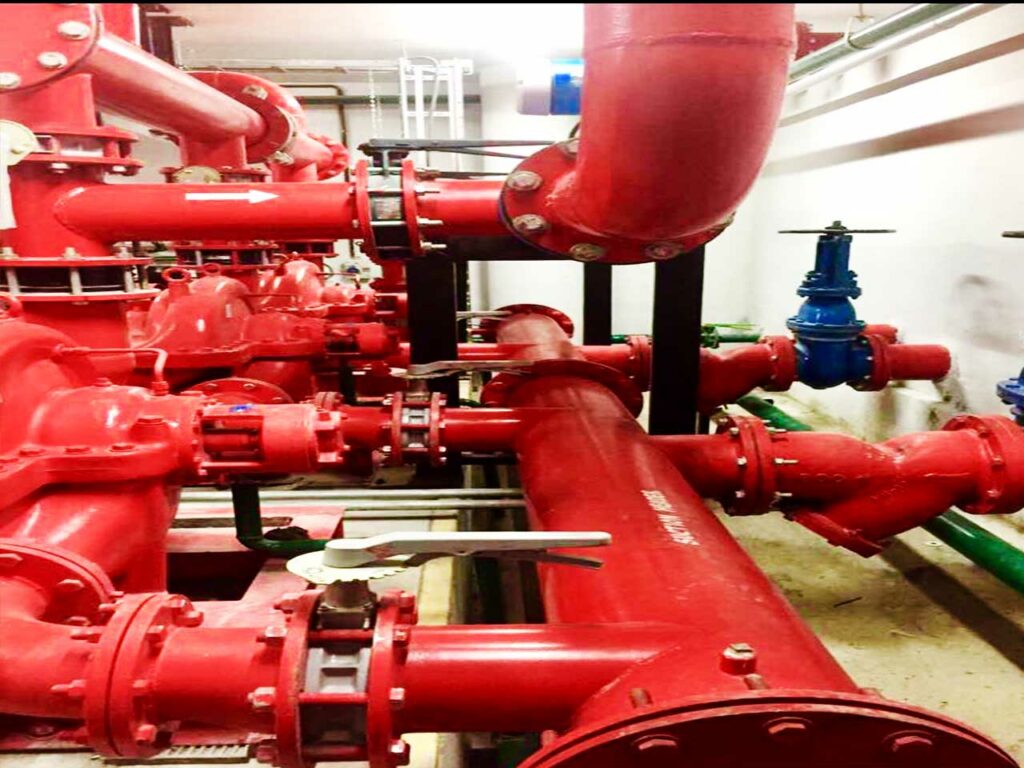
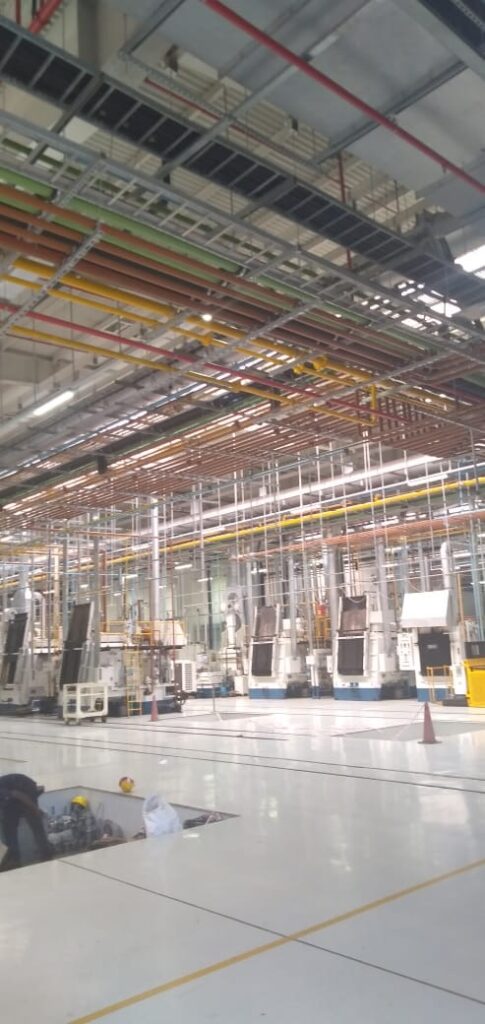
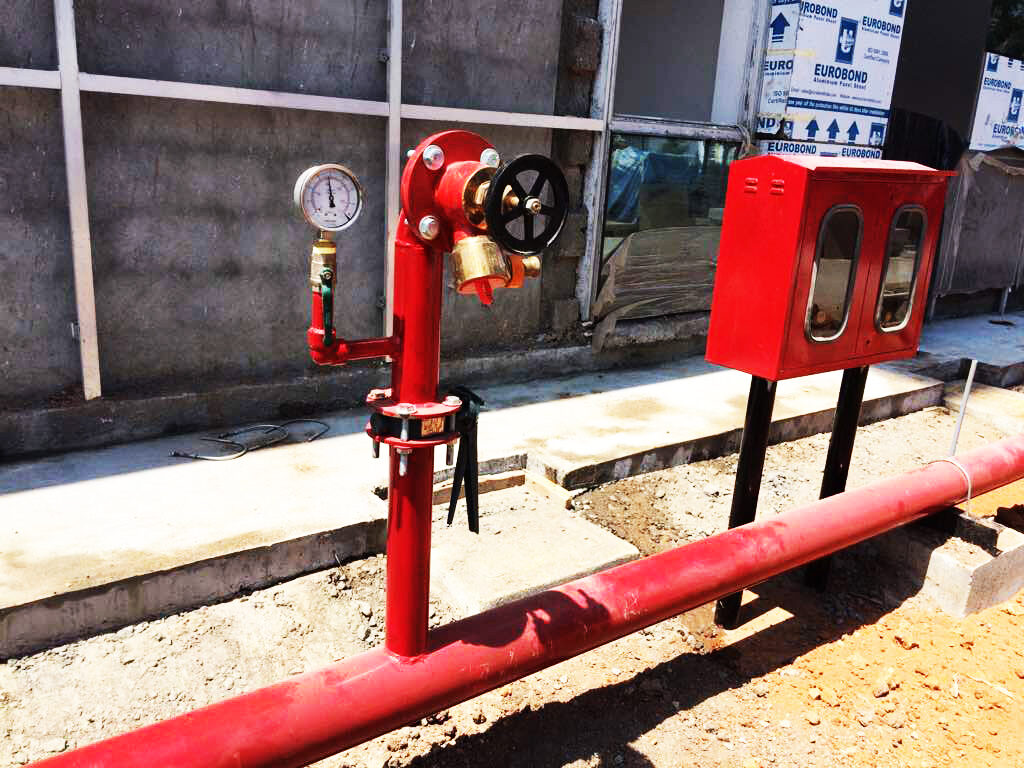
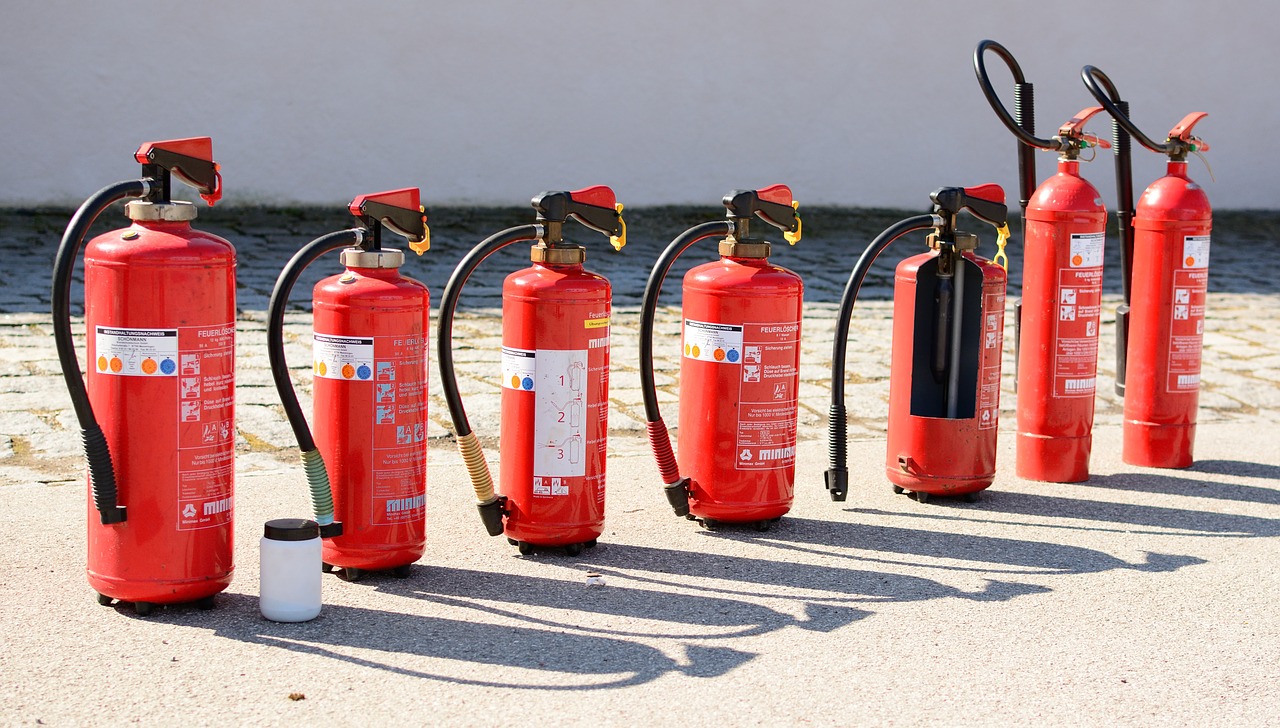
![Fire Water piping system]](https://srjpipingindia.com/wp-content/uploads/2019/11/img-5-fps-300x225.jpg)

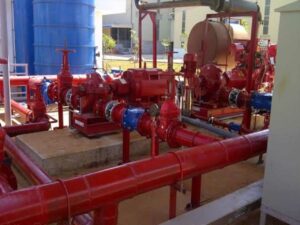

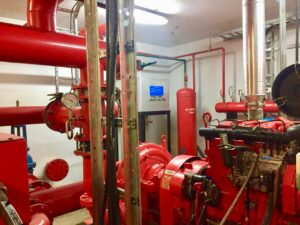

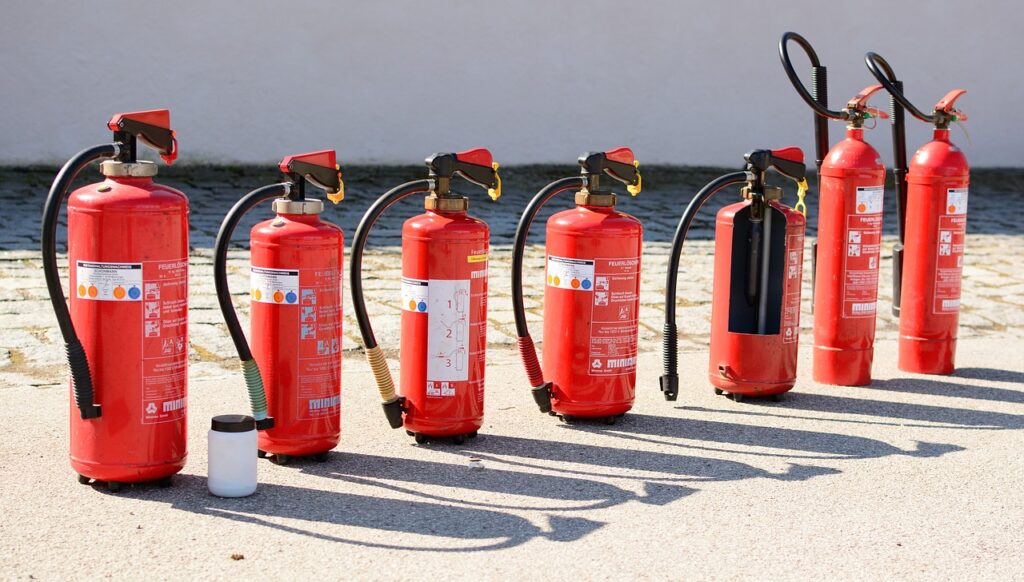
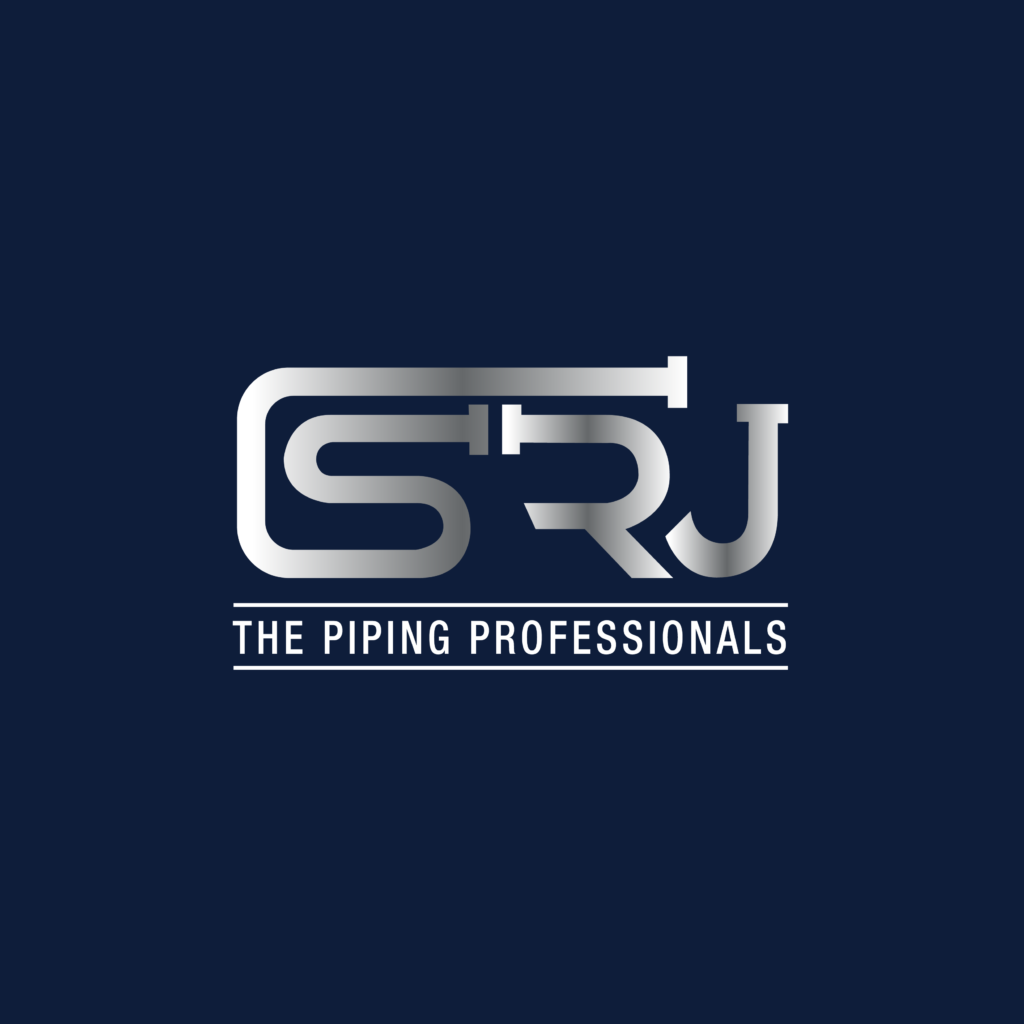 SRJ Piping India[/caption
SRJ Piping India[/caption